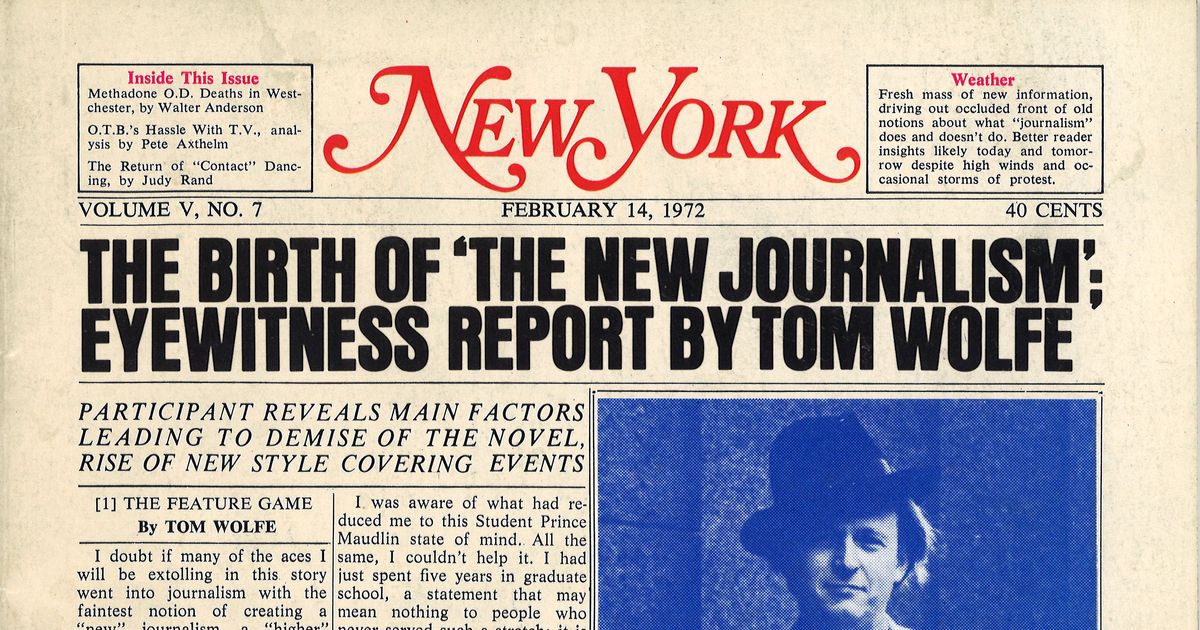Not known Facts About News Articles
Not known Facts About News Articles
Blog Article
The Greatest Guide To News Articles
Table of ContentsNot known Details About News Articles Some Known Details About News Articles Some Known Questions About News Articles.News Articles Things To Know Before You Buy10 Simple Techniques For News Articles
Good expertise of different subjects offers pupils an one-upmanship over their peers. Despite the fact that electronic and social networks are conveniently easily accessible, we must not fail to remember just how vital it is to check out the papers. Parents must try and inculcate the habit of reviewing a newspaper as an everyday regimen to proceed the tradition of the adored print medium.News stories likewise include at the very least one of the complying with essential qualities relative to the designated target market: closeness, prestige, timeliness, human passion, oddity, or effect.
Within these restrictions, information stories additionally aim to be thorough. Amongst the bigger and more revered newspapers, fairness and balance is a significant element in providing information.
Newspapers with a global audience, for instance, often tend to utilize a much more formal style of writing. The particular options made by an information electrical outlet's editor or editorial board are commonly accumulated in a style overview; common style overviews consist of the and the United States Information Style Book. The main objectives of news writing can be summed up by the ABCs of journalism: accuracy, brevity, and clearness.
The News Articles Statements
Generally, journalists will certainly not use a long word when a brief one will do. They utilize subject-verb-object building and construction and dazzling, energetic prose (see Grammar). They use stories, instances and metaphors, and they hardly ever depend on generalizations or abstract ideas. News writers try to prevent using the very same word much more than when in a paragraph (sometimes called an "echo" or "word mirror").
Headings in some cases leave out the topic (e.g., "Leaps From Boat, Catches in Wheel") or verb (e.g., "Feline lady lucky"). A subhead (also subhed, sub-headline, subheading, subtitle, deck or dek) can be either a secondary title under the primary heading, or the heading of a subsection of the article. It is a heading that precedes the main message, or a group of paragraphs of the main text.

Additional billboards of any of these types might show up later on in the short article (specifically on succeeding web pages) to lure further analysis. Such signboards are likewise used as guidelines to the post in various other sections of the publication or site, or as advertisements for the item in other publication or websites. Common structure with title, lead paragraph (summary in strong), various other paragraphs (details) and call over at this website info.

Example of a hard-lead paragraph NASA is proposing another space task. The spending plan requests around $10 billion for the job.
An "off-lead" is the second most vital front page news of the day. To "hide the lead" is to begin the write-up with background information or information of secondary relevance to the visitors, requiring them to review more deeply into a post than they need to have to in order to find the vital factors.
More About News Articles
Usual use is that one or more sentences each form their own paragraph. Journalists typically describe the company or structure of a news tale as an upside down pyramid. The necessary and most intriguing elements of a story are why not try here placed at the start, with sustaining details complying with in order of reducing significance.
It allows individuals to discover a subject to just the depth that their inquisitiveness takes them, and without the charge of information or nuances that they can think about irrelevant, yet still making that information offered to more interested readers. The inverted pyramid structure likewise allows posts to be cut to any arbitrary length during format, to suit the room offered.
Some authors start their stories with the "1-2-3 lead", yet there are many kinds of lead offered. This layout invariably begins with a "5 Ws" opening up paragraph (as defined above), complied with by an indirect quote that serves to support a major element of the very first paragraph, and afterwards a straight quote to sustain the indirect quote. [] A kicker can describe numerous things: The last tale current program; a "satisfied" tale to finish the show.
Longer articles, such as magazine cover articles and the items that lead the inside sections of a newspaper, are referred to as. Feature tales differ from straight news in several ways. Foremost is the absence of a straight-news lead, a lot of the time. As opposed to providing the significance of a tale up front, feature writers may attempt to lure readers in.
How News Articles can Save You Time, Stress, and Money.
The reporter usually details communications with meeting subjects, making the piece more personal. A feature's first paragraphs often relate a fascinating moment or event, as in an "unscientific lead". From the particulars of a person or episode, its view promptly broadens to generalizations concerning the tale's subject. The area that signifies what a function is around is called the or signboard.

The Editor's Toolbox: A Referral Overview for Beginners and Professionals (2001) Allan M. Siegal and William G. Connolly. The New York Times Manual of Style Bonuses and Use: The Authorities Style Overview Used by the Writers and Editors of the World's Many Reliable Paper (2002) M. L. Stein, Susan Paterno, and R.
Report this page